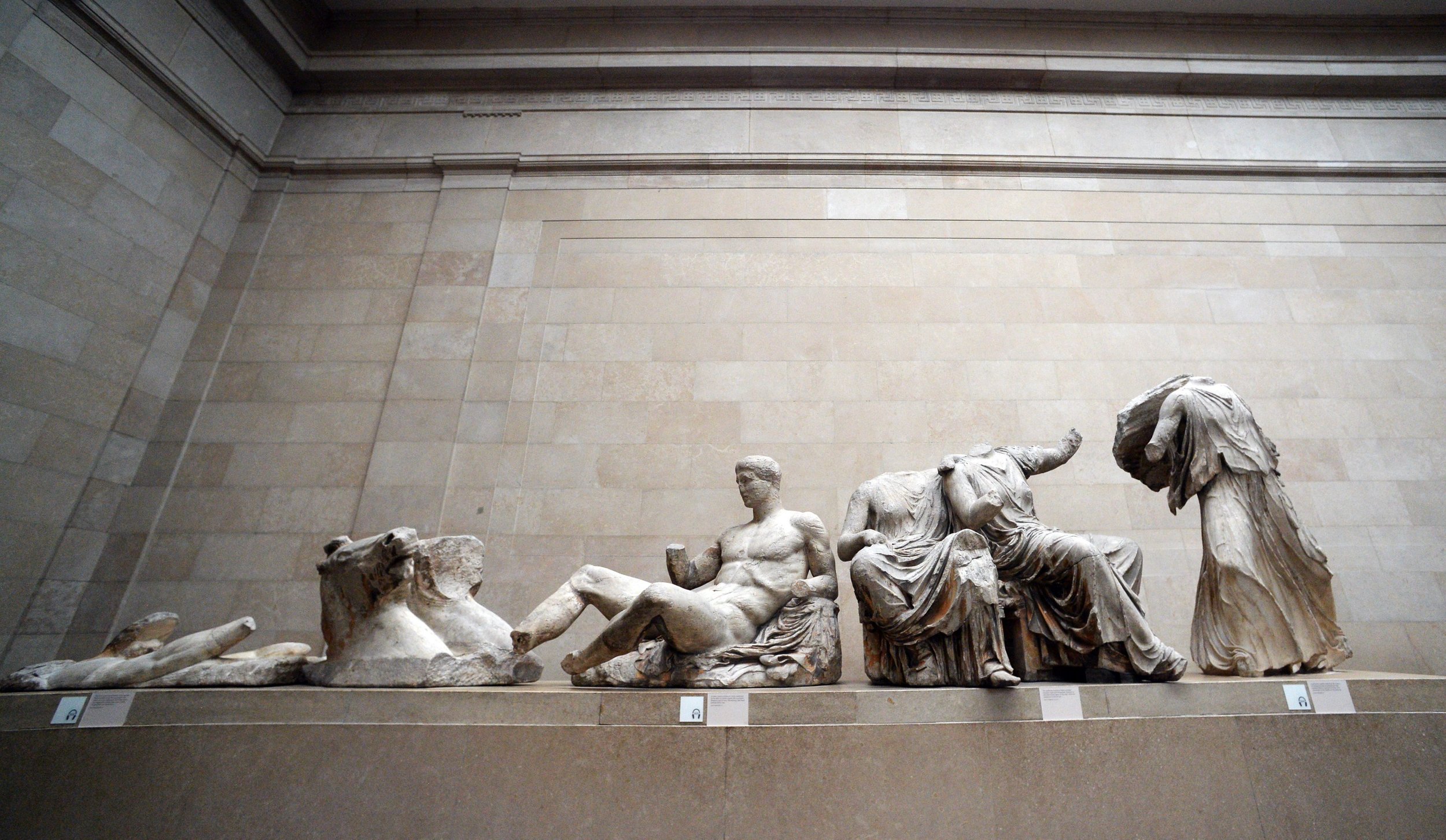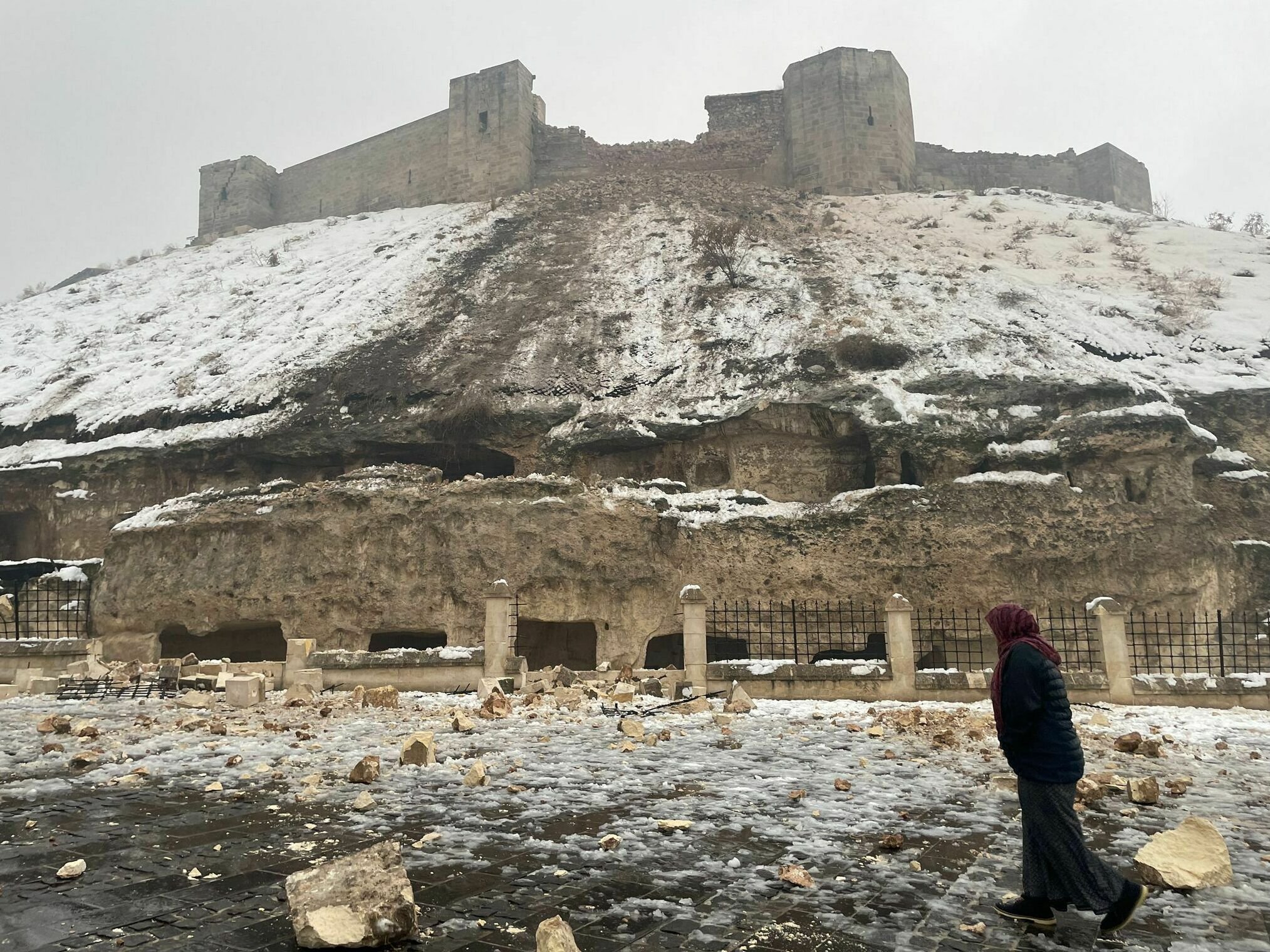He recalls the controversies surrounding the restoration of works looted by the Nazi regime, noting, "This kind of debate is over and we have learned a lot from these restoration methods. What we are witnessing now is not a culture war, but simply an evolution of morality that goes hand in hand with a shift in public opinion. In fashion, the consumer is no longer just interested in a T-shirt, but asks where it came from and under what conditions it was made. The art consumer asks himself the same questions and wants clear answers: Is there someone, somewhere, who wants this object back?"
Regarding the conditions in the British Museum where the friezes and statues are kept, the journalist notes that "despite the large openings in the high ceilings, the room is dark and cold, and the beige marble is even grayer.".
A student's opinion is quoted, saying, "I have just returned from Athens, where I visited the Acropolis Museum. Its gallery is magnificent, bathed in sunlight. So I understand that the Greeks want to recover these statues, but does not the scandal surrounding them make them a little more interesting? If we start returning all the recovered items - because they were not stolen! - we will be left with empty museums. Not to mention that we have been taking care of them for two centuries."
For Evelien Kampfens, a lawyer specializing in international cultural heritage law and issues related to art theft and researcher at Leiden University in the Netherlands, "these issues should not be looked at from the perspective of ownership, but rather from the perspective of access and control."
"Who has the right to access and control these objects, and where is their location? With some monuments and objects, it's possible that multiple groups will have legitimate claims, and then creative solutions need to be found," she says, adding, "The ideal is not to return all cultural property to its country of origin, but if it's a heritage that is significant to a community, it makes sense for them to have a say in its management. Museums could then continue to display objects from around the world, but on one condition: The story told there is the right one, and interested communities can participate in the exhibition."
According to Juliette Démas, the British Museum is far from doing this. Its explanatory notes say that Lord Elgin, the British ambassador to the Ottoman Empire, "acquired" the sculptures and that the sultan "gave his consent.".
"In a brief chronology, it says that in 1816 Parliament considered and approved Elgin's action. The ambassador's biography particularly emphasizes the condition of the Parthenon, which was then under Ottoman occupation, and portrays Elgin as the savior of a common heritage between Greece and the United Kingdom," says Juliette Démas, underscoring the incredulity of some visitors to the British Museum, such as 74-year-old Helen, who says: "To be honest, I wonder why they are here," and Lindsey, 26, adds, "I do not think many people would miss them if they went to Greece. With documentaries and new technologies, there are other ways to see them. Sure, it's a part of history, but not necessarily a history to be proud of.
Lord Elgin: "foolish plunderer' or 'restorer of good taste"?
In another article by the same journalist entitled: "Parthenon Marbles: Lord Elgin, ‘foolish looter’ or ‘restorer of good taste?’”, reference is made to the story of Lord Elgin. Juliette Démas notes that by bringing the marbles of the Parthenon to London, the British diplomat alienated many of his contemporaries and eventually went bankrupt.
Will the Greeks see the Parthenon sculptures again?
The return of the Parthenon sculptures is also mentioned by Fabien Perrier, Liberation's correspondent in Athens, who reports that a brief offer by Britain has suddenly dashed Greece's hopes for an early return of the Parthenon Marbles, which were looted in the 19th century and are now on display in the British Museum in London. He cites a January 11 statement to the BBC by British Culture Minister Michelle Donnellan.
Referring to reports in the Greek press, such as the newspaper "TA NEA", which indicated that "a long-term cooperation" between the United Kingdom and Greece "should allow the reunification of the frieze in the Acropolis Museum", he wonders if this was a “method of self-subjugation? An attempt to pressure the British government? An attempt to pressure the British government? Or a miscalculation on the part of the Greeks?", noting that "either way, Mitsotakis had to make statements the same day Donelan said these".
"In front of the cameras, during his monthly meeting with the President of the Republic, the Greek Prime Minister admits: "I do not expect immediate results," adding: "If the world trusts us again, I believe that we can achieve the goal of returning the marbles, with absolute respect for the red lines that all governments have established.". According to the journalist, the prime minister "just before the parliamentary elections in the spring, is turning these marbles, an object of national pride and a source of diplomatic tension for decades regardless of the ruling party, into an electoral tool.".
This pride dates back to the time when ancient Athens shone over Europe in the 5th century BC, he notes, and then refers to the great works of the era of Pericles, as described by historian Francois Queirel.
For Professor Louis Godrard, honorary president of the International Association for the Reunification of the Parthenon Sculptures, "it is not a monument like the others, but a symbol. It honors the values that constructed the spirit of Greece: democracy, which emerged in 508 BC, and the essential role of man in history. After all, Plutarch in the 1st century AD described the city as " clothed in the splendor of the ages, made by a living breath, inaccessible to aging". Subsequently, reference is made to the history of the Parthenon up to the sacking by Lord Elgin.

















































